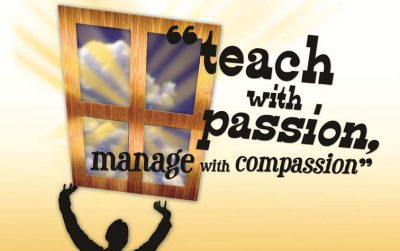Will Your Job Still Exist In 2030?
The following is a new blog post related to education and teaching and relevant to our website visitors. The blog post is not based on the opinions or values of our company but is related to education and teaching, so we wanted to share it with YOU! If you ever have any questions please let us know. Now… on to the post!

New research finds automation widening the gap between urban and rural areas and dramatically affecting people who didn't go to college or didn't finish high school.
(Image credit: NPR)
Time To Teach reviews each blog post by our contributors but if you feel this is a blog post better suited for another page please let us know.
Teachers and Educators are our heroes. We want to thank you for the work you do!
Yours In Education!
Time To Teach





